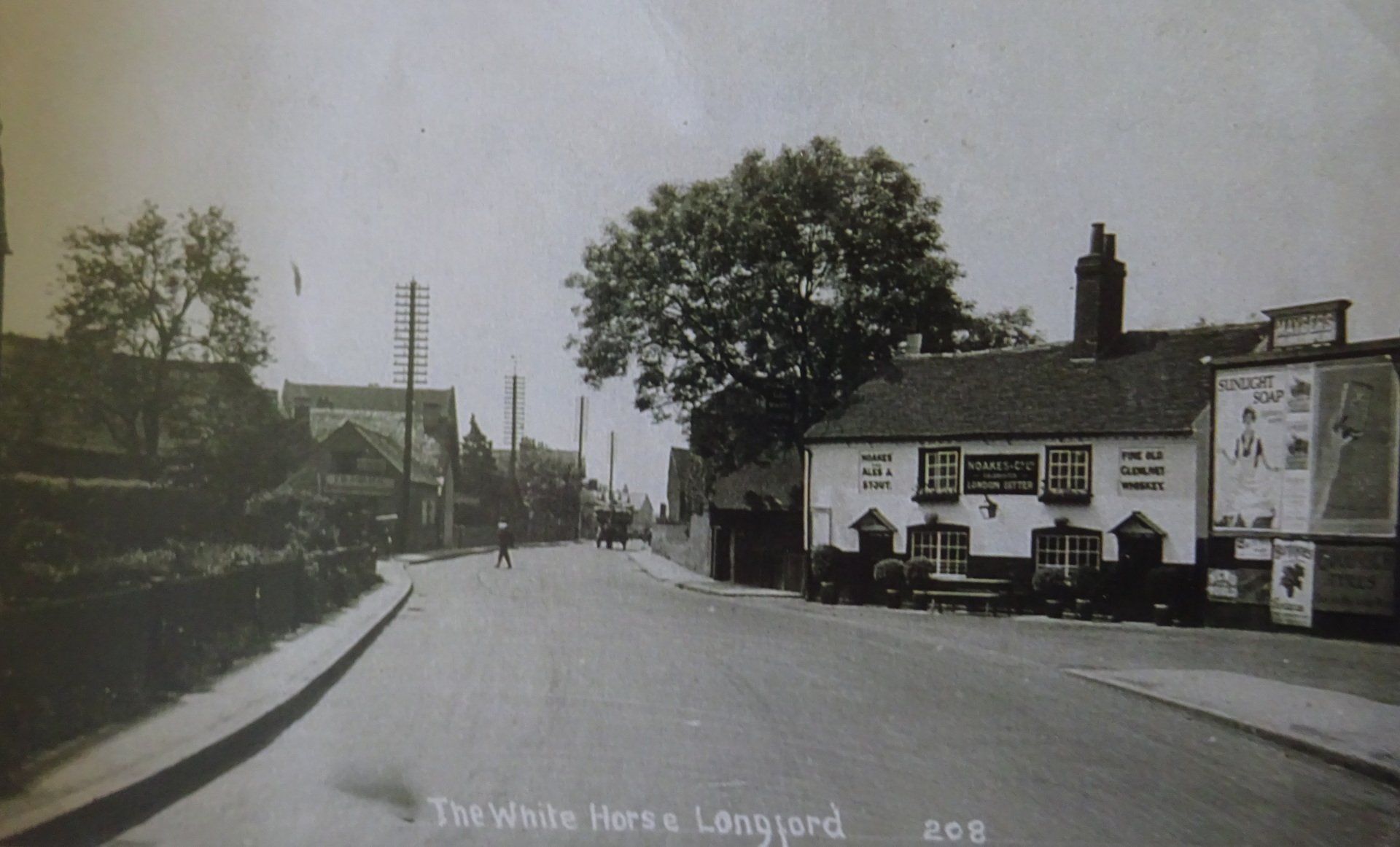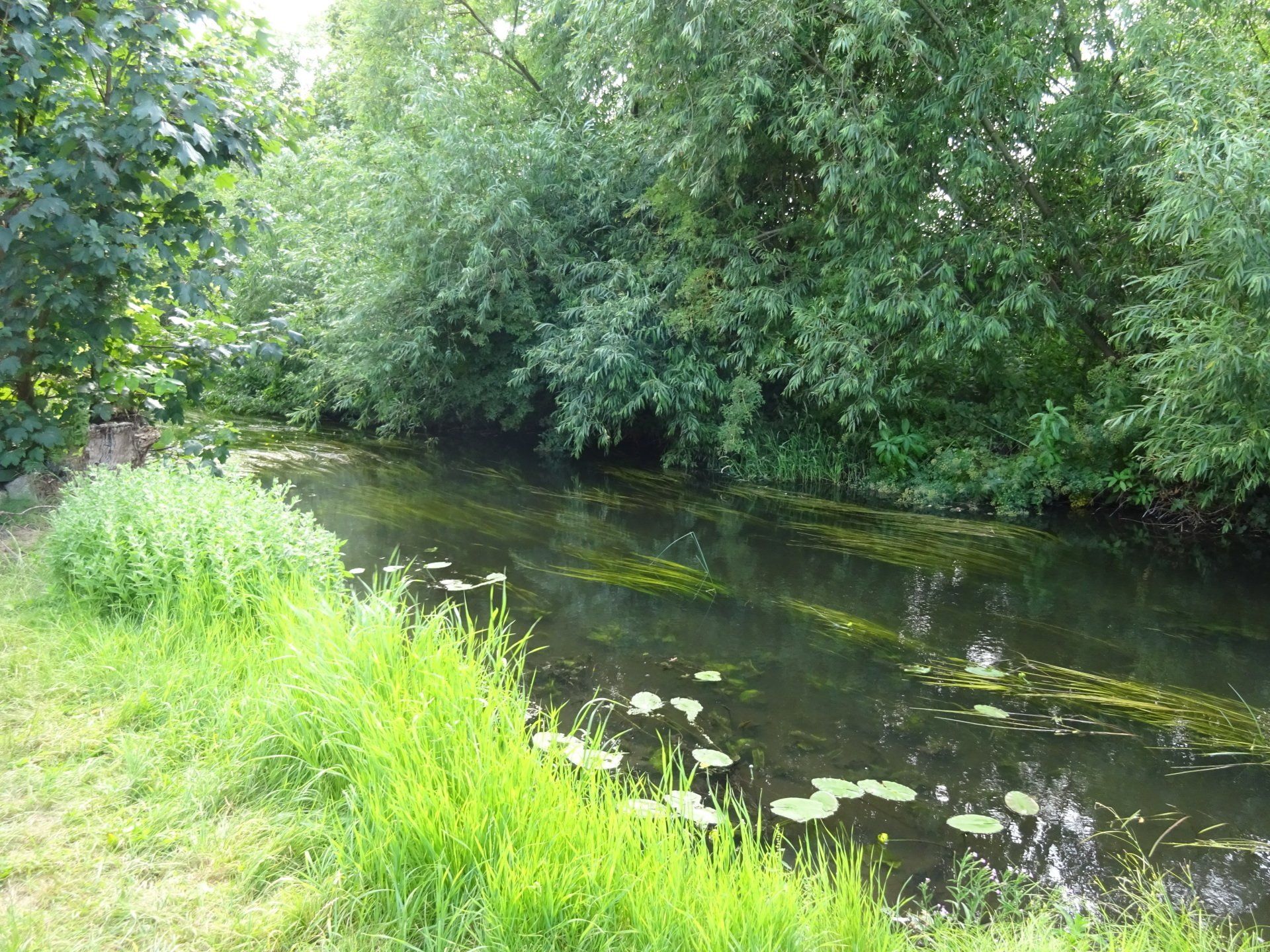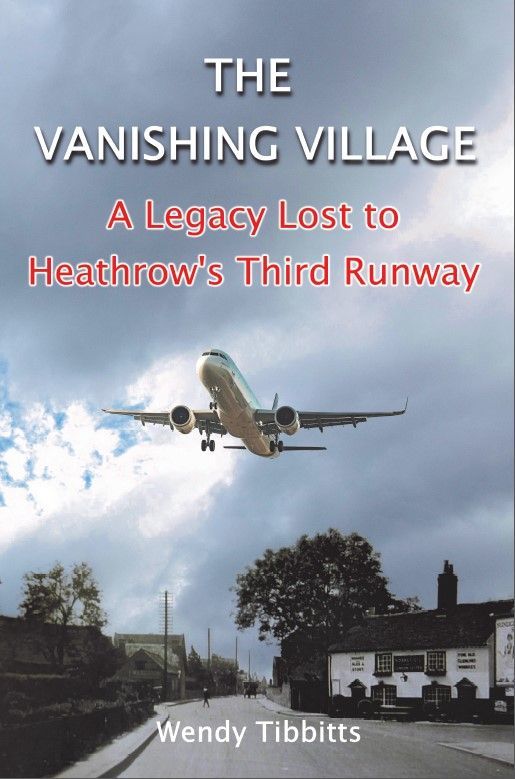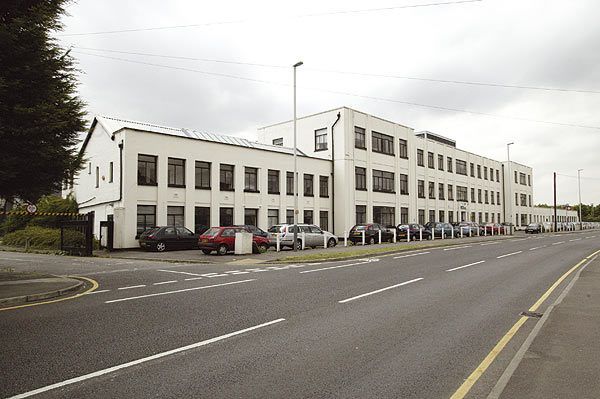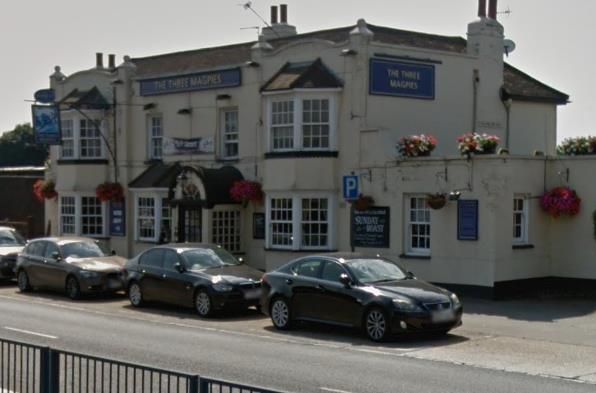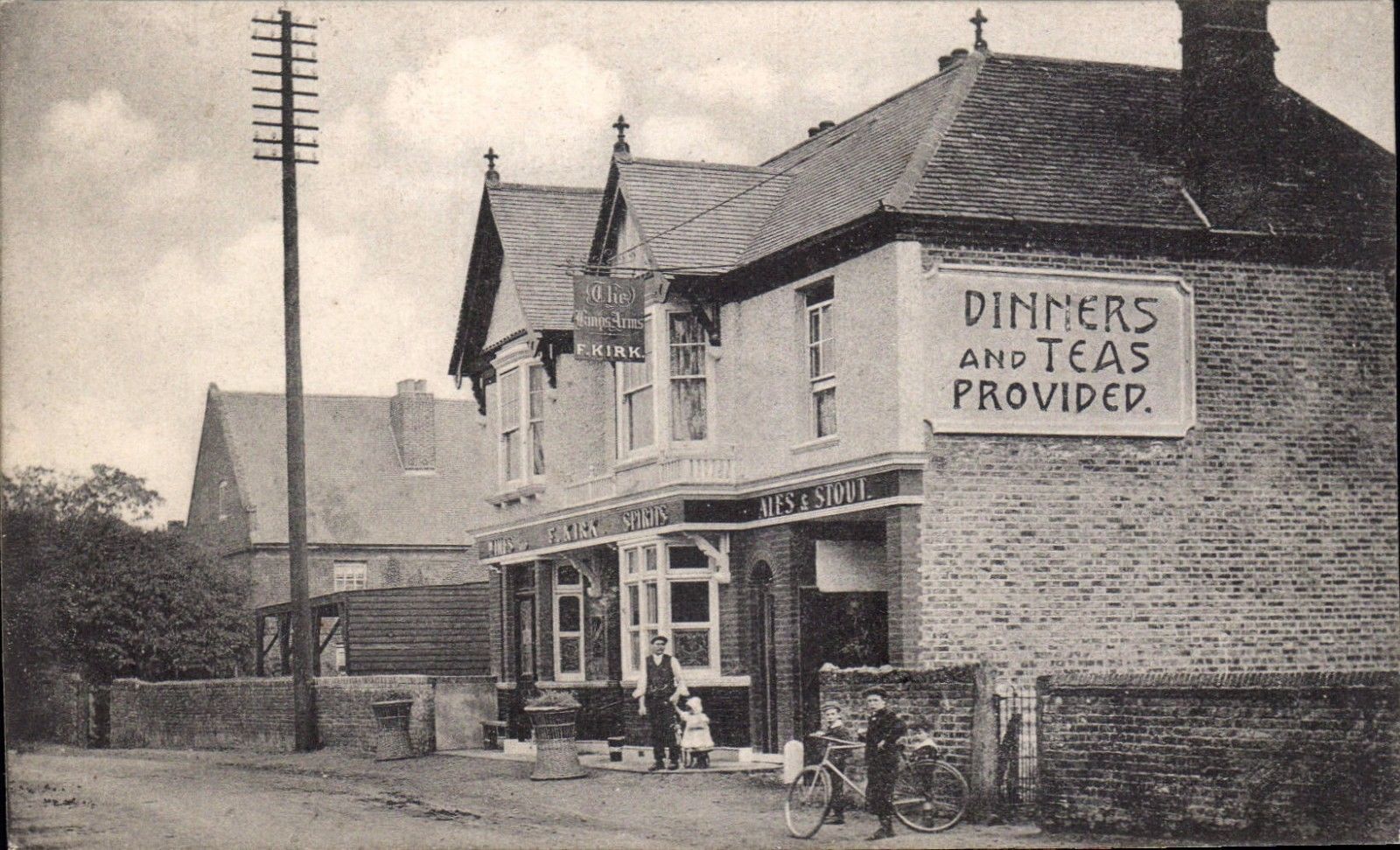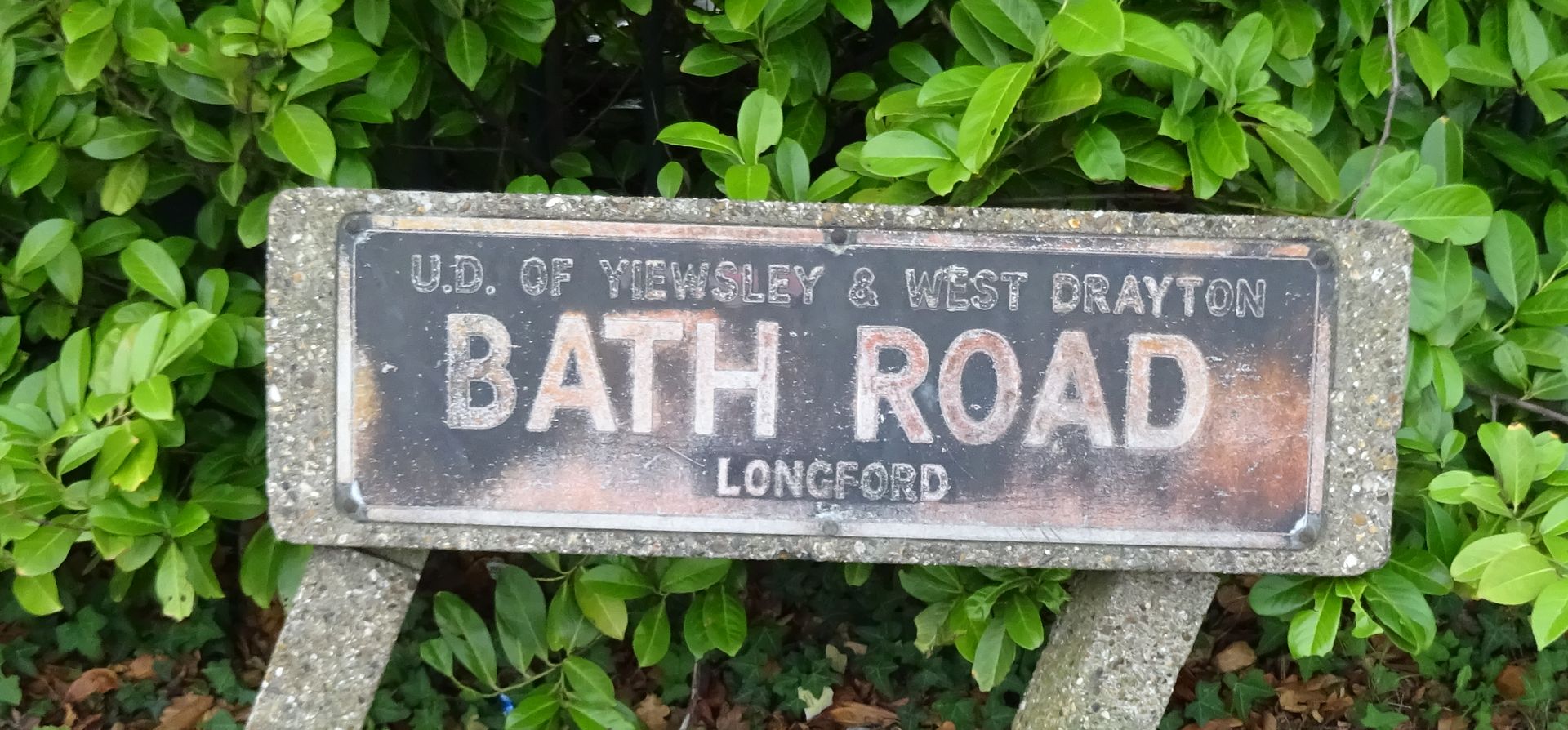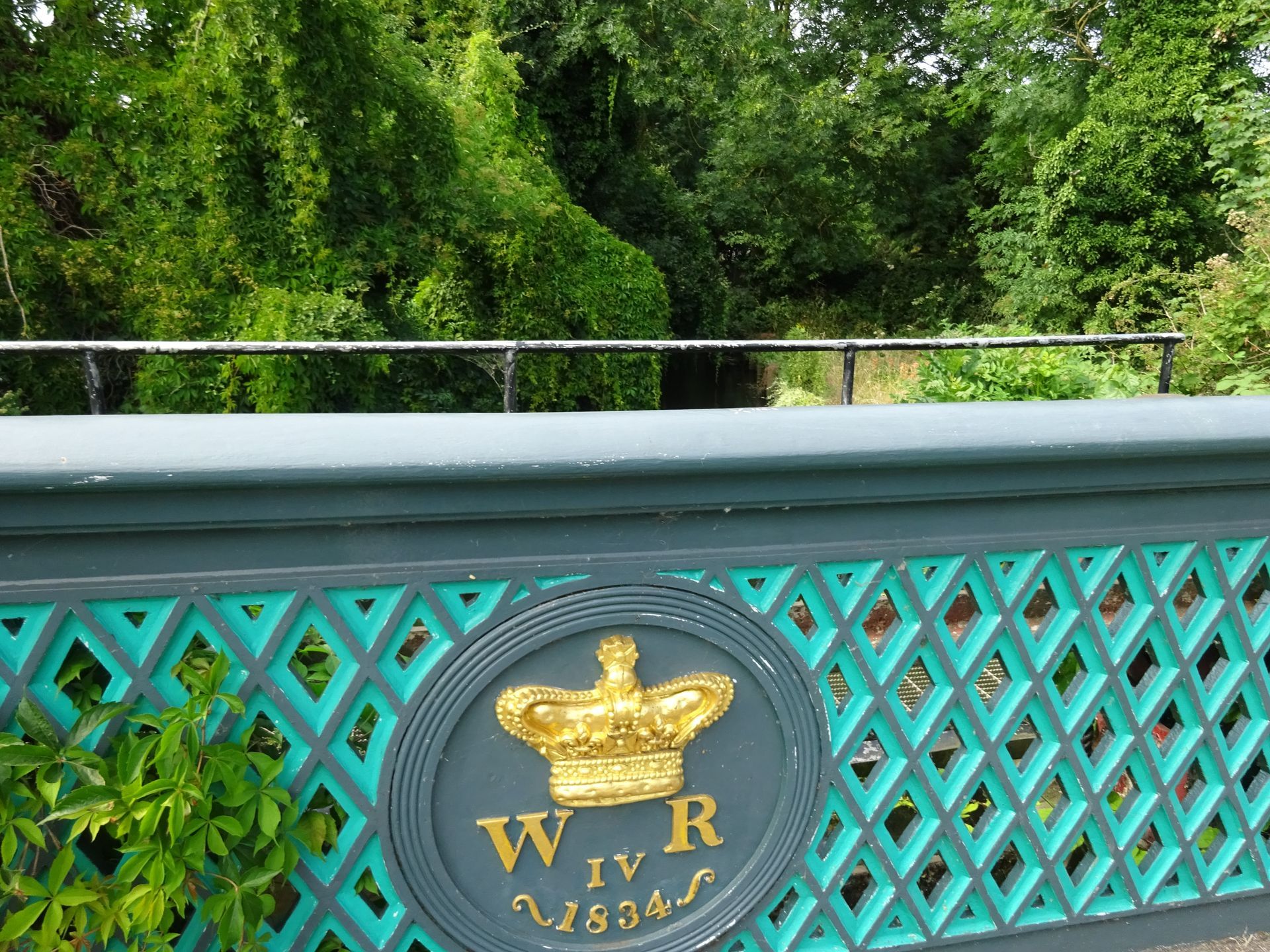Longford village: destined for destruction
Middlesex as a county has lost its identity under the urbanisation of London. Most Middlesex towns are referred to simply as a London Borough of something. A few places to the north and west, and within the M25 unofficial boundary of Greater London, still proudly proclaim Middlesex as their county, but soon even more of its territory will be removed from our sight, our memory and our history.
The village of Longford will disappear with the expansion of Heathrow airport. To those that live there it will be a sad bitter time. To those that have yet to visit the village it will be a disappointment to find that you are unable to use Google’s Street View app to navigate through its streets. Street View cameras have only ventured to the outskirts of the village and omitted to capture any images of the historic core. Why is this? Street View has not offered an explanation to me. Was it a deliberate omission requested by the Government to stop any record of the village being preserved prior to its demolition, or just a casual mistake?
The village of Longford, within the London Green Belt and a Conservation Area, is a peaceful (ignoring the sound of screaming jets overhead) rural setting which has hardly altered over time. It has nine Grade II listed buildings, and five others of special architectural interest. The village, from Saxon times and earlier, has been a farming community. The prime horticultural land grew fruit and vegetables for London’s Covent Garden market. It straddles the Great Bath Road from where, for centuries, its four inns provided travellers with hospitality. Six miles from Windsor Castle the village was the usual stopping place for the Royals to change their horses on the way to and from London and Windsor.
The villagers were witnesses to many events, rejoicing at some and turning a blind eye to others. Highwaymen prayed on the coach travellers who had to cross the notorious Hounslow Heath to get to Longford, but if any villagers were aware of the culprits they kept it to themselves. With four rivers (two artificial) and acres of orchards and market gardens it was a thriving rural community up to the second world war when an airfield was built nearby to aid the war effort. This airport became the country’s main civil airport at Heathrow and from then on Longford was blighted. It has been threatened with extinction since the fifties, but the cohesive supportive community are proud of its history and have fought to prevent its destruction.
Google’s Street View boasts that it now has full coverage of the road networks for the whole of the United Kingdom, so why is Longford missing? Street View is not just a tool for navigation, but is becoming a social history resource. Google has an ongoing programme of re-surveying and, whilst the current image is presented to the user first, a clock symbol in the top-left of the screen can be clicked to see older images. This is a great asset to family or local history researchers, or just the curious, who want to track the transition of locations through time.
Sadly, because the village of Longford has not been visited by the Street View cameras, when the third runway is built no one will be able to see images of the village that once stood there, and with the loss of images will also go the story of centuries of village life. To preserve Longford’s history I have written a book on the life of the village through time. Even if the physical village disappears I hope the lives, loves, tragedies and triumphs of its people will live on in print.
Longford: A Village in Limbo.
For a “Look Inside” option for this book go to https://b2l.bz/WUf9dc
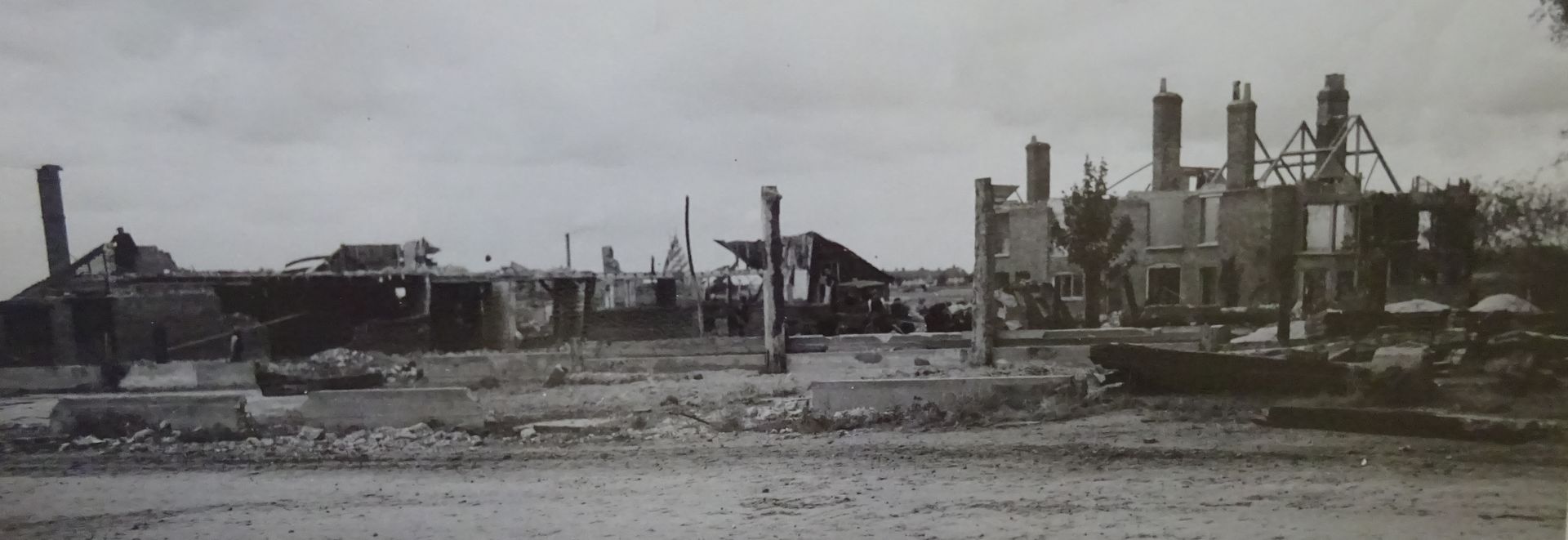
The villages around Heathrow have been blighted since 1946 as successive governments have procrastinated and made bad decisions about expanding the airport. These former rural agricultural villages have been fighting airport expansion for eighty years, meanwhile the Grade II listed buildings have deteriorated and the community are exhausted by years of protest.
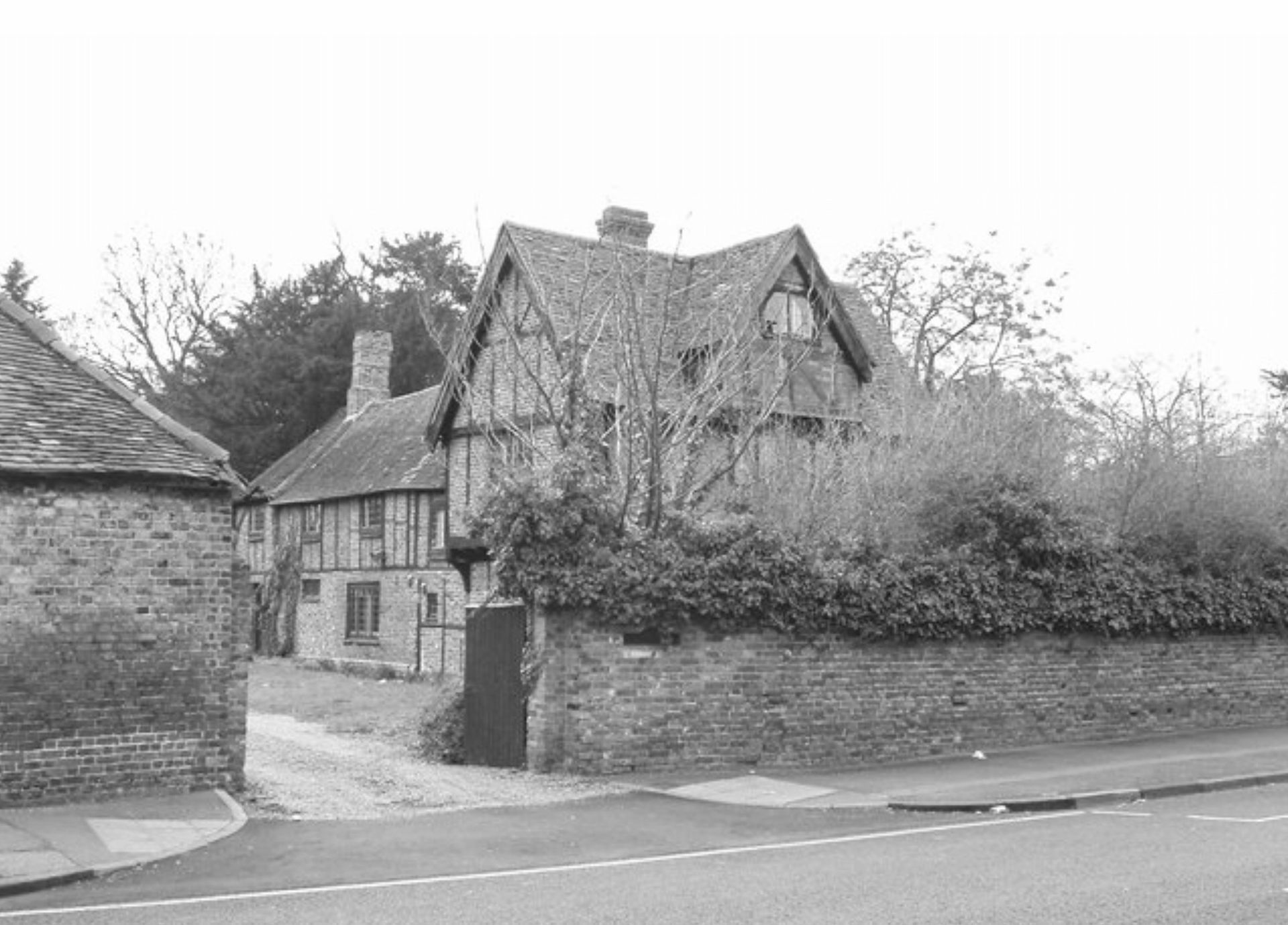
The Kings Head later called The Peggy Bedford is a Grade II listed Elizabethan building in Longford, Middlesex, that was a major coaching inn on the Bath Road (A4) for centuries. Now blighted by the prospect of the whole village being demolished under the Heathrow expansion plans, it lies, empty and derelict and on the At Risk register.


